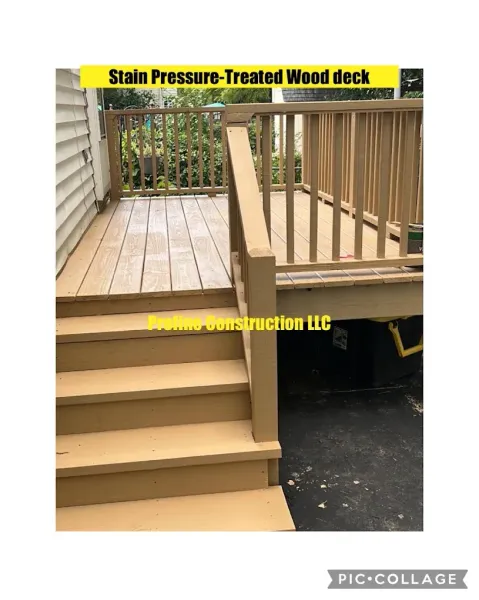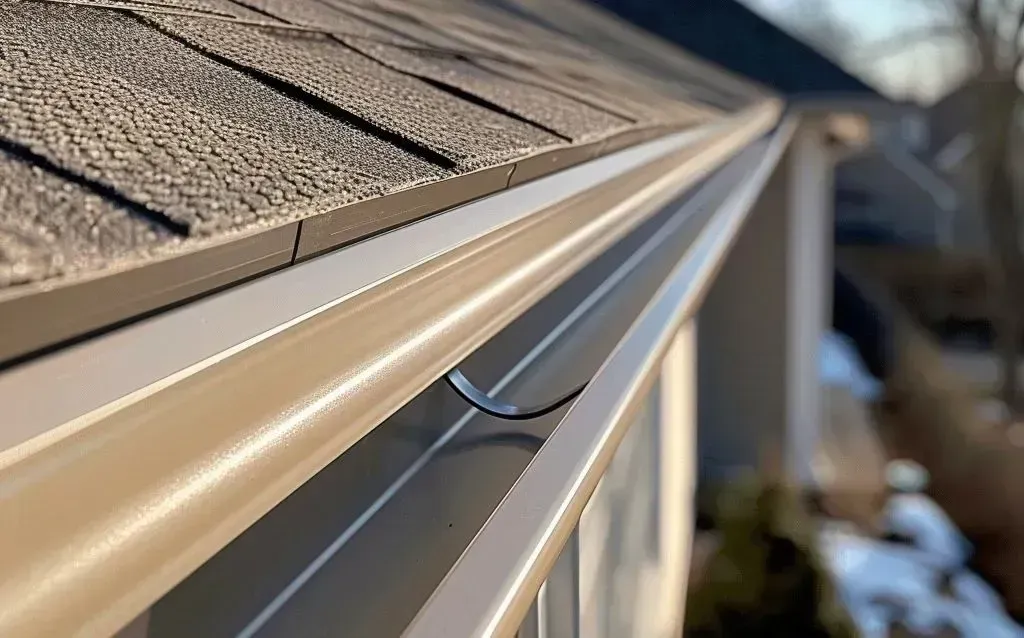Introduction
When it comes to designing your dream kitchen, the layout is one of the most critical components that can make or break your culinary experience. A well-planned kitchen layout not only enhances efficiency but also transforms cooking into a pleasurable activity. However, there are common pitfalls that can lead to frustration and inefficiency. In this article, we'll explore Kitchen Layout Mistakes to Avoid for Maximum Efficiency to ensure you create a space that meets all your culinary needs while being functional and stylish.
Kitchen Layout Mistakes to Avoid for Maximum Efficiency
Understanding Kitchen Work Zones
One significant kitchen layout mistake is neglecting the concept of work zones. Every kitchen has different areas dedicated to cooking, cleaning, and food prep. If these zones are not strategically placed, it can lead to chaos and wasted time.
The Triangle Rule: The classic design principle suggests placing the stove, sink, and refrigerator in a triangular formation for optimal workflow. Designated Areas: Ensure each area of your kitchen has a specific purpose. For example:- Prep Zone: Located near the sink and cutting boards. Cooking Zone: Close to pots, pans, and utensils. Cleaning Zone: Next to the dishwasher and trash bins.
Why It Matters
By adhering to these guidelines, you'll streamline your cooking process and reduce unnecessary movement around the kitchen.
Ignoring Storage Needs
Another common mistake is underestimating storage requirements. A cluttered kitchen can hamper efficiency significantly.
- Assess Your Inventory: Before you finalize your layout, take stock of your kitchen tools and ingredients. Maximize Vertical Space: Use shelves and cabinets that reach up to the ceiling. Incorporate Drawers Over Cabinets: Drawers provide easier access than traditional cabinets.
Storage Solutions
Consider built-in solutions like pull-out pantry shelves or lazy Susans in corner cabinets https://reidcgcl723.almoheet-travel.com/choosing-timeless-finishes-that-won-t-go-out-of-style for better organization.
Overlooking Traffic Flow
When planning your kitchen layout, consider how people will move through the space.
- Adequate Pathways: Ensure there’s enough room between islands or counters; 36 inches is recommended for two cooks. Avoid Blocking Paths: Place large appliances in locations that do not interrupt flow during busy cooking times.
Traffic Patterns
Think about how often you entertain guests or cook with family members—this will help you gauge necessary space.
Choosing Poor Lighting
Lighting plays a crucial role in any kitchen. Insufficient lighting can lead to mistakes while cooking or preparing food.

- Ambient Lighting: General light fixtures should illuminate the entire area. Task Lighting: Install focused lights above workspaces like countertops. Accent Lighting: Consider decorative fixtures like pendant lights over an island for style as well as function.
Natural Light
Don’t forget about windows! Natural light can enhance mood and functionality in your kitchen space.
Neglecting Ventilation Needs
Good ventilation is essential in any kitchen setting. Failure to plan for this can result in lingering odors and excess heat.
- Range Hoods: Invest in quality range hoods that remove smoke effectively. Windows: Consider opening windows when cooking or adding exhaust fans where necessary.
Benefits of Proper Ventilation
Proper airflow keeps your kitchen fresh while also preventing moisture buildup which can cause mold growth over time.
Selecting Inappropriate Appliances
Not all appliances fit every lifestyle or kitchen size. Choosing poorly matched appliances leads to inefficiencies.
Size Matters: Ensure larger appliances suit both your space and family size. Energy Efficiency: Opt for energy-efficient models where possible; they save money on utility bills long-term.Smart Appliance Choices
Consider smart appliances that integrate with home systems—these can significantly improve efficiency by offering remote controls and notifications!
Ignoring Counter Space
Counter space is gold in any cooking environment! Lack of adequate counter area often leads to frustration during meal prep times.
- Avoid Cluttered Counters: Store small appliances away when not in use. Expand Where Possible: If feasible, add an island or breakfast bar for extra surface area!
Utilizing Multi-functional Surfaces
Consider counters that double as seating areas; this saves space without sacrificing functionality!
Frequently Asked Questions (FAQs)
1. What’s the best shape for a functional kitchen?
The best shape largely depends on available space but generally, U-shaped layouts offer great versatility while maintaining efficiency for multiple cooks!
2. How do I maximize small kitchens?
Use vertical storage solutions like wall-mounted shelves, compact furniture pieces, and foldable tables as needed!
3. How much counter space do I need?
Aim for at least 36 inches of continuous counter space next to the stove; more room is always better if you entertain frequently!
4. Should I invest in custom cabinetry?
Custom cabinets offer tailored storage solutions that can optimize even small spaces but be sure they align with your budgetary constraints!
5. Are open floor plans suitable for kitchens?
Open floor plans enhance social interaction but require careful planning around noise levels from cooking activities—consider sound-dampening materials if needed!
6. What’s an ideal height for countertops?
Standard countertop height ranges around 36 inches; however, adjust based on user needs—bar height counters are roughly 42 inches high!
Conclusion
Designing an efficient kitchen requires thoughtful planning alongside knowledge of common pitfalls—this ensures harmony between aesthetics and practicality! By avoiding these key mistakes outlined in "Kitchen Layout Mistakes to Avoid for Maximum Efficiency," you'll foster an inviting yet functional environment perfect for culinary creativity! Remember that every inch counts; invest time into considering how each element works together within your unique lifestyle context! Happy remodeling!
